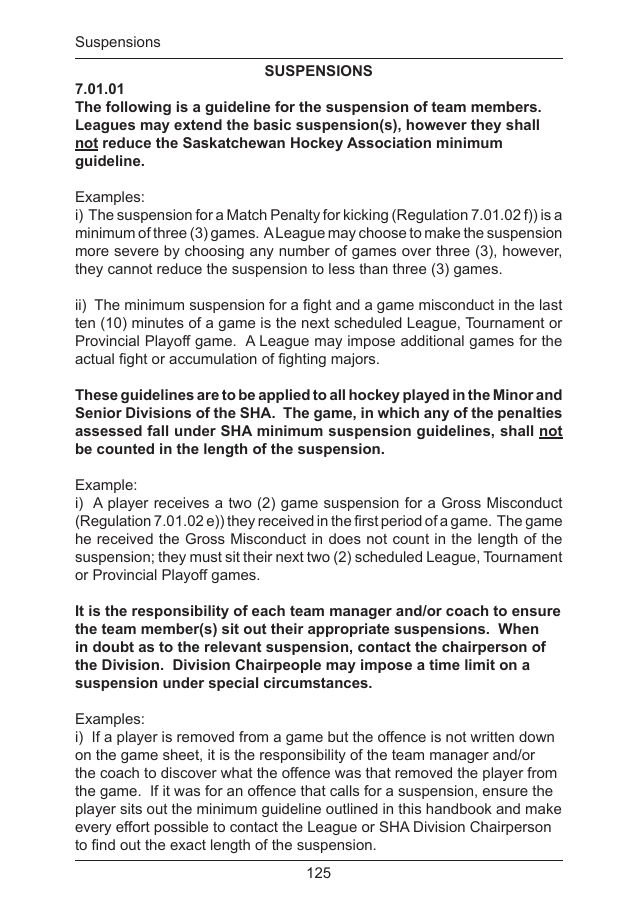
Repeat about 10 times, throwing the ball a few inches over the head. The player jumps up to catch it, then throws it back to his partner. One of the players throws a soft line drive a few inches over the head of the player who is catching the ball. If this exercise is for newer and younger players, they can stand about six to eight yards apart. Instruct the two players to stand about ten to twelve yards apart from each other.
#TEAM PLAYER 3 BASE HOW TO#
This drill teaches players how to time their jump up in the air when a high line drive is hit to them.įor this infield drill, coaches team up two team players to practice together. In youth baseball, batters often hit high line drives that can make it into the outfield for a base hit, unless caught by a player in the infield. Fielders should make the runner run faster so it’s more difficult for him to change directions to get back to safety.

He only calls for the ball when it’s time to make the throw. The player receiving the ball should also move to the runner, closing the gap between him, the other fielder, and the runner.
#TEAM PLAYER 3 BASE FULL#
Whoever has the ball should have his arm raised and the ball in his bare hand, not in his glove, running full speed at the runner. Let your defensive players know they control the runner between bases. The third baseman fields the ball and tags out the runner. The third baseman also runs towards the runner and calls out, “Ball!” to the 2 nd baseman, who throws it to him.

When the coach says, “Go”, the player at second base runs towards the runner with the baseball in his throwing hand. Position a runner between second and third near the shortstop playing position.

Set up your infield players at second and third base to start from the bag. Each baseman uses his glove and a baseball. For this infield drill, coaches will use two infield base players and a designated runner. Tagging out runners between bases helps prevent the opposing team from scoring more runs and takes away a base hit that was given up, or an error on a play by tagging him out. When infield players field ground balls, above all it is important for them to stay low. Observe each infielder, observing how far their feet and legs spread, if their rear is down low, and that their gloves are on the ground. The moment your arm is raised to throw, your fielders squat into ready position.
#TEAM PLAYER 3 BASE FREE#

Have them stand a few feet apart from each other and observe how well they get into ready position. Gather together your infielders and coach them in the proper ready position as a team. This drill can be done anywhere on the baseball field. One second saved fielding the ball can mean the difference between a single, or an out at the base being thrown to. In order for an infielder to catch the ball in his glove, he needs to be in the ready position to field it and throw it quickly. Throwing drills for infield players helps coaches observe and correct their players’ bod mechanics so they throw with more power and accuracy. These team drills show how practice and repetition will improve your infielders’ body movements to successfully approach and field balls. These drills focus on all aspects of infield play, covering every scenario your infielders will be exposed to.įootwork, glove placement, ready fielding position and throwing skills are the unique skills young players need to improve. Capitalizing on the running mistakes of the opposing team means more outs and empty bases. Nothing is better than a well-oiled unit of infield players that can work together to turn double plays and throw out runners between bases. The better the infield drills you as coach run through with your team for these kinds of hits, the higher in the standings your team will be. In youth baseball, the majority of defensive plays occur in the infield, either short hop ground balls, soft grounders or line drives hits. The backbone of any winning team is their defense.


 0 kommentar(er)
0 kommentar(er)
